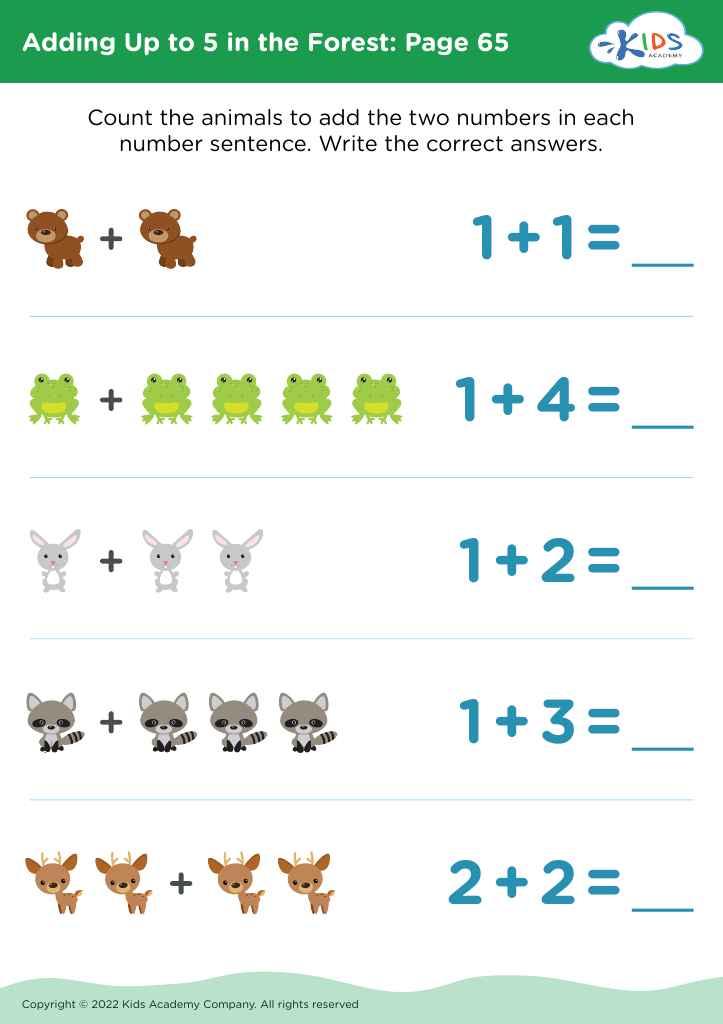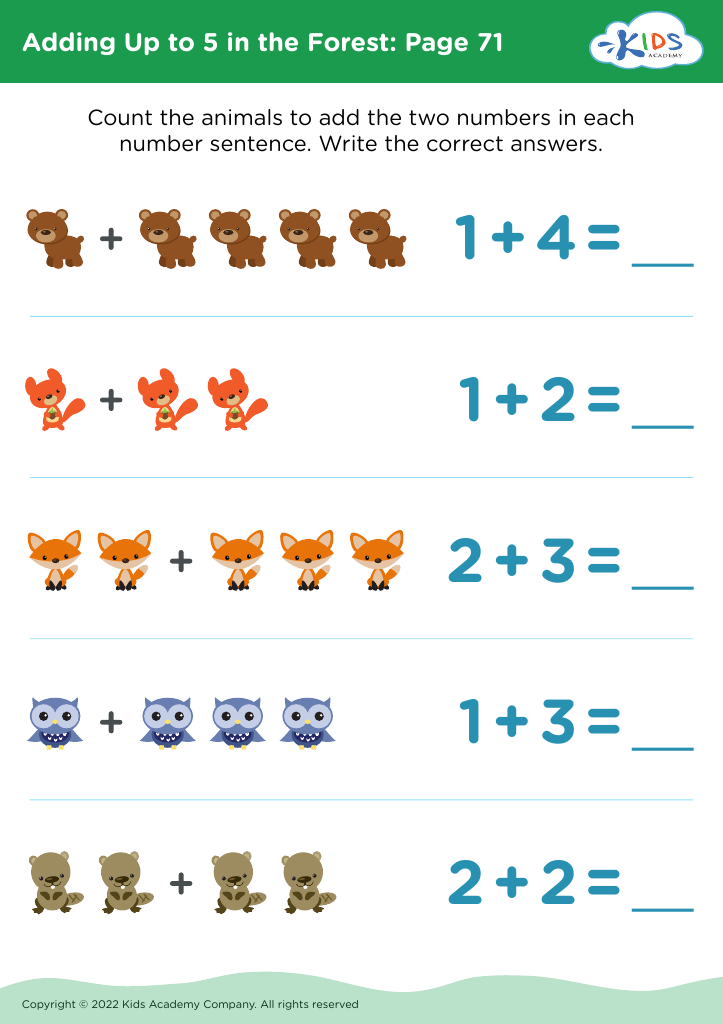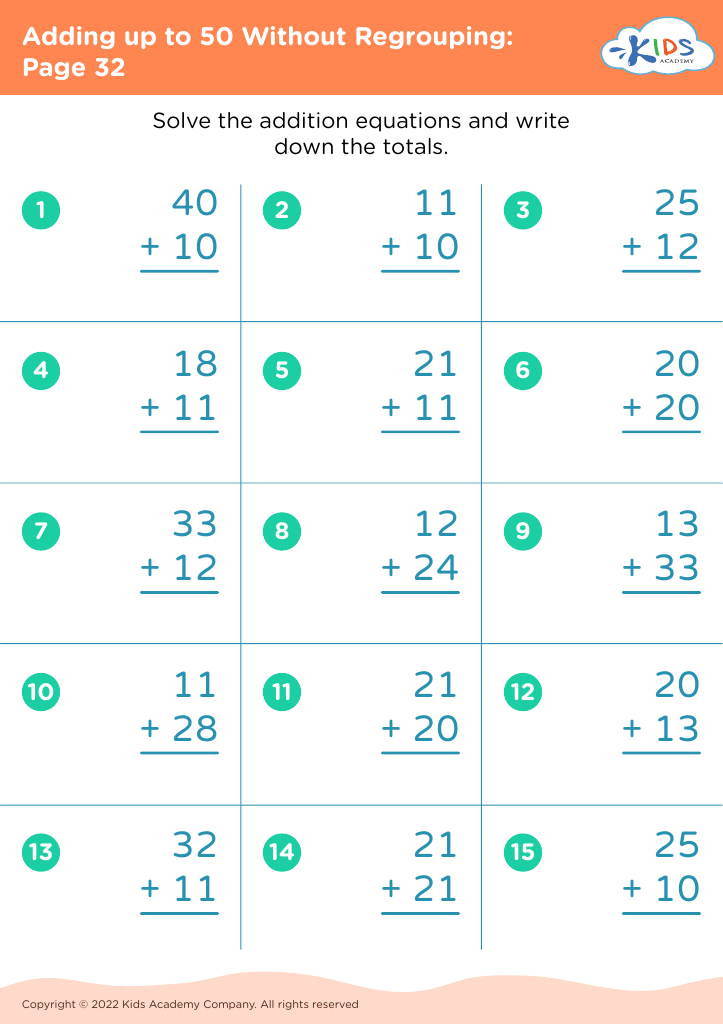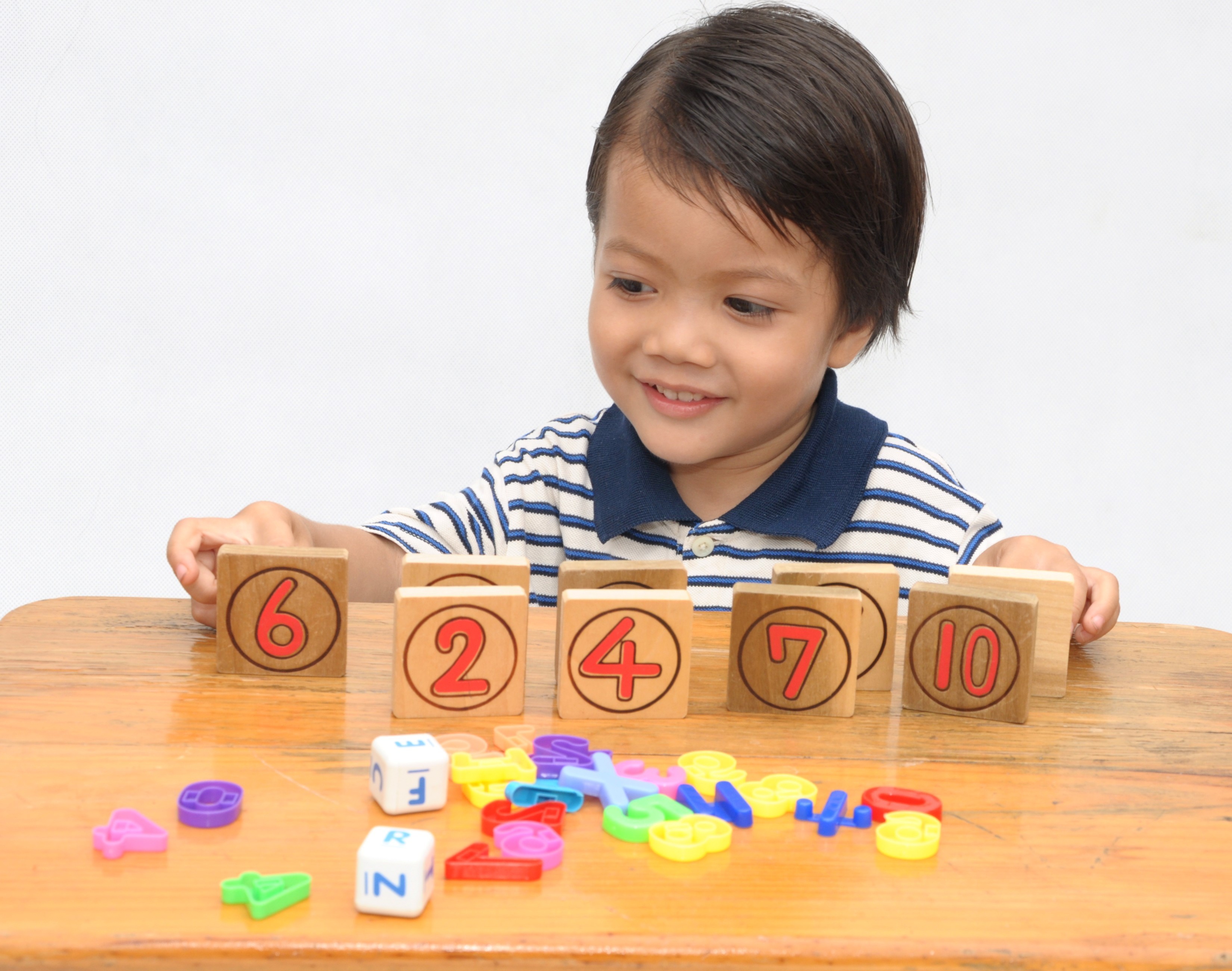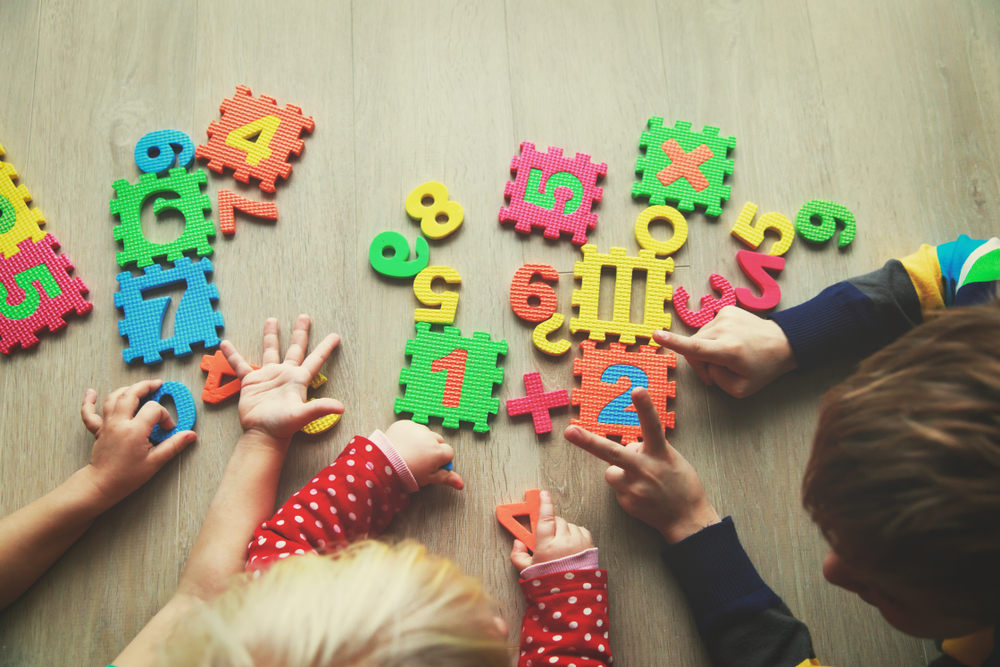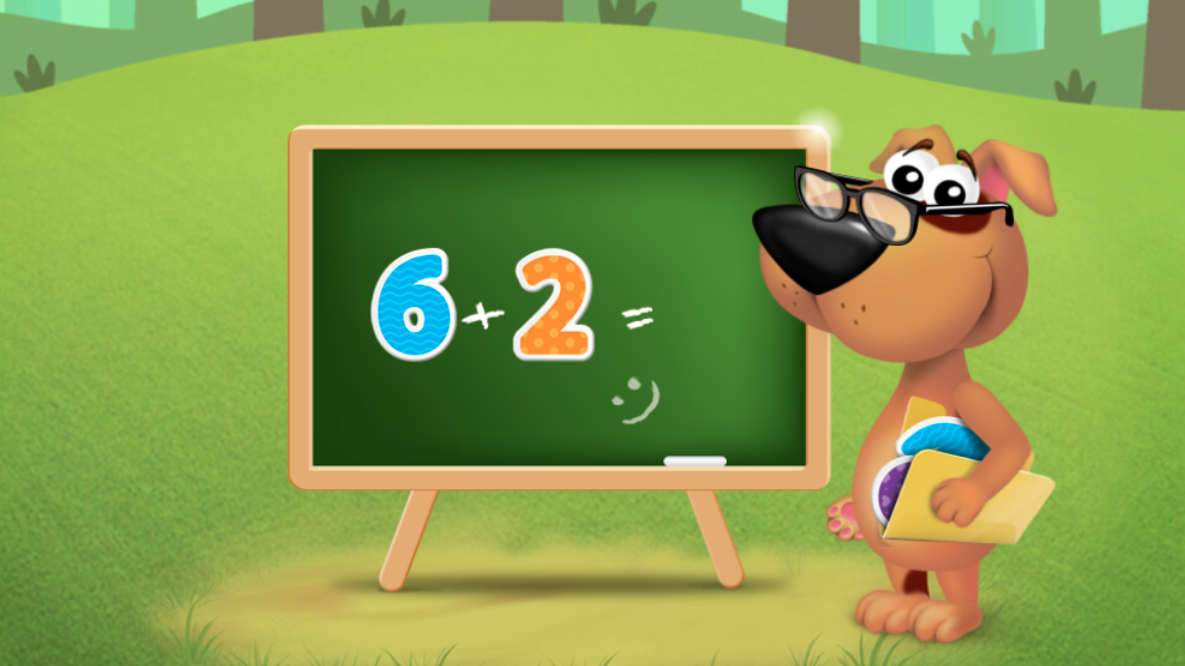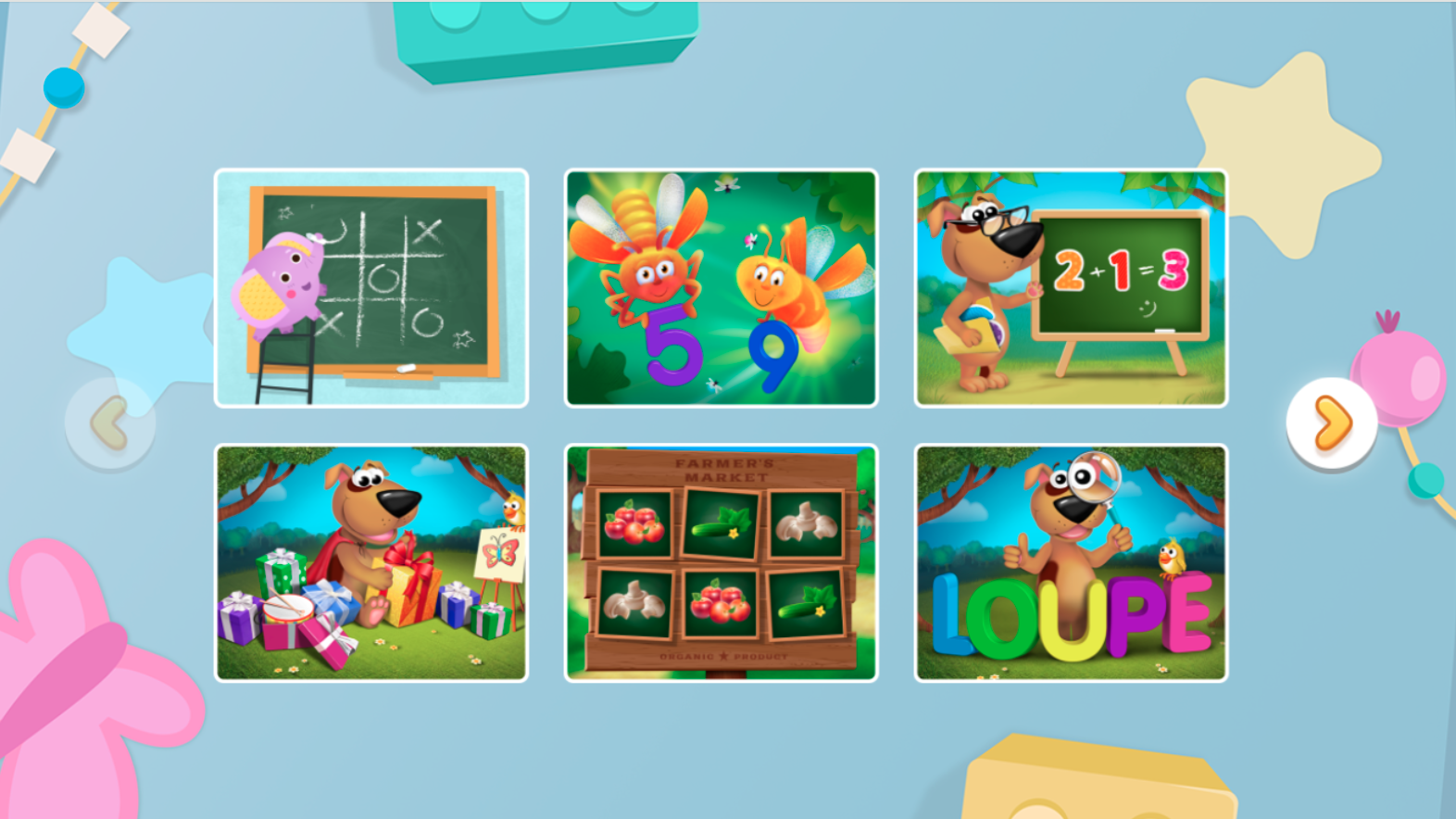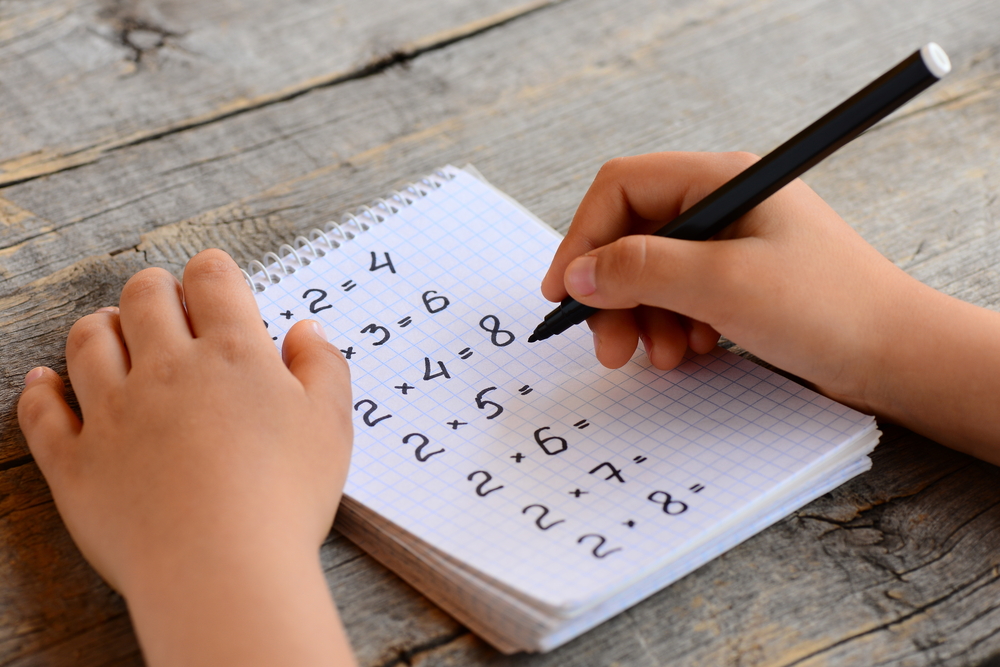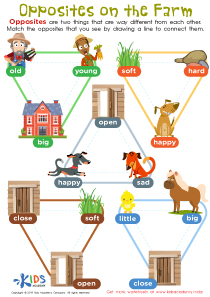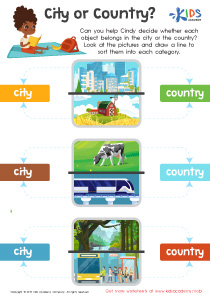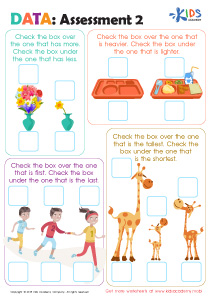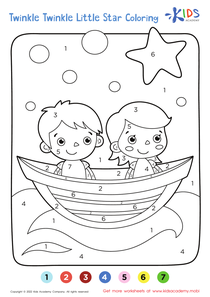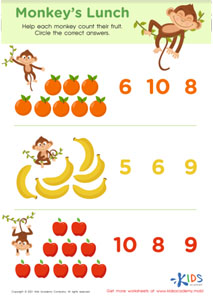Visual perception improvement Addition & Subtraction Worksheets for Ages 4-8
9 filtered results
-
From - To
Enhance your child's math skills with our engaging Visual Perception Improvement Addition & Subtraction Worksheets for ages 4-8. Designed to strengthen visual recognition and processing abilities, these worksheets provide a fun and effective way for young learners to grasp essential math concepts. Each worksheet incorporates vibrant illustrations and interactive exercises, ensuring kids not only participate actively but also retain vital skills. As they practice addition and subtraction, they'll also improve their ability to interpret visual information—an essential skill for overall academic success. Perfect for home or classroom use, our worksheets offer a comprehensive resource for building confidence in early learners.
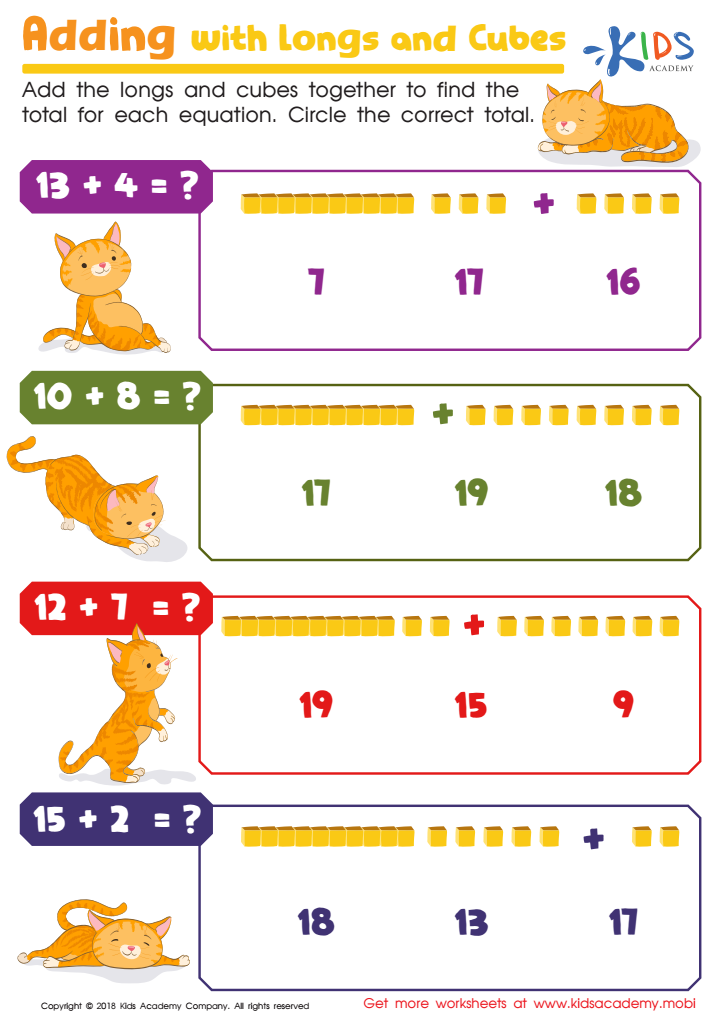

Adding With Longs and Cubes Worksheet
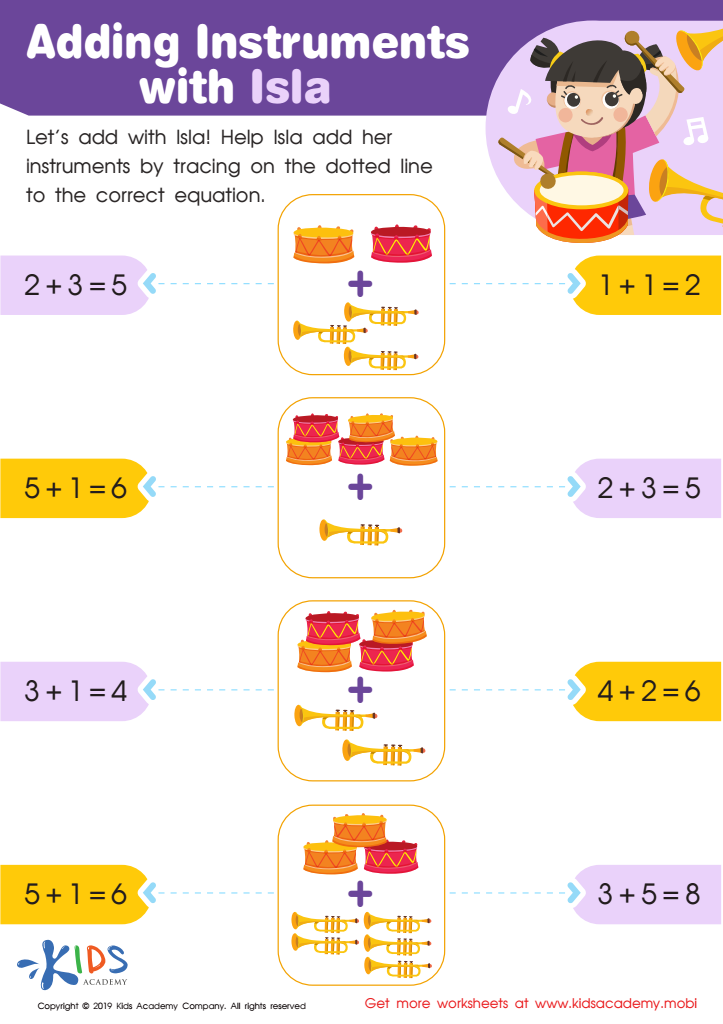

Adding Instruments with Isla Worksheet
Visual perception plays a crucial role in a child's developmental journey, especially in early math skills such as addition and subtraction. For children aged 4 to 8, strong visual perception means the ability to interpret and understand visual information, which is vital for problem-solving and grasping mathematical concepts effectively.
Parents and teachers should be concerned with enhancing visual perception because it directly influences a child's academic performance and self-confidence. Improved visual perception aids in recognizing numbers, understanding spatial relationships, and following patterns, which are foundational to mastering arithmetic operations. When visual perception is weak, students may struggle with simple tasks such as counting objects, organizing problems, or performing calculations mentally.
Enhancing these skills early fosters a solid arithmetic base, makes learning more enjoyable, and prepares them for more complex mathematical operations later in life. Furthermore, children with strong visual perception often develop better focus and reduce frustration associated with learning challenges, leading to a positive learning environment. By prioritizing visual perception improvement, parents and teachers cultivate not only better mathematicians but also lifelong learners who embrace challenges with confidence and zeal.
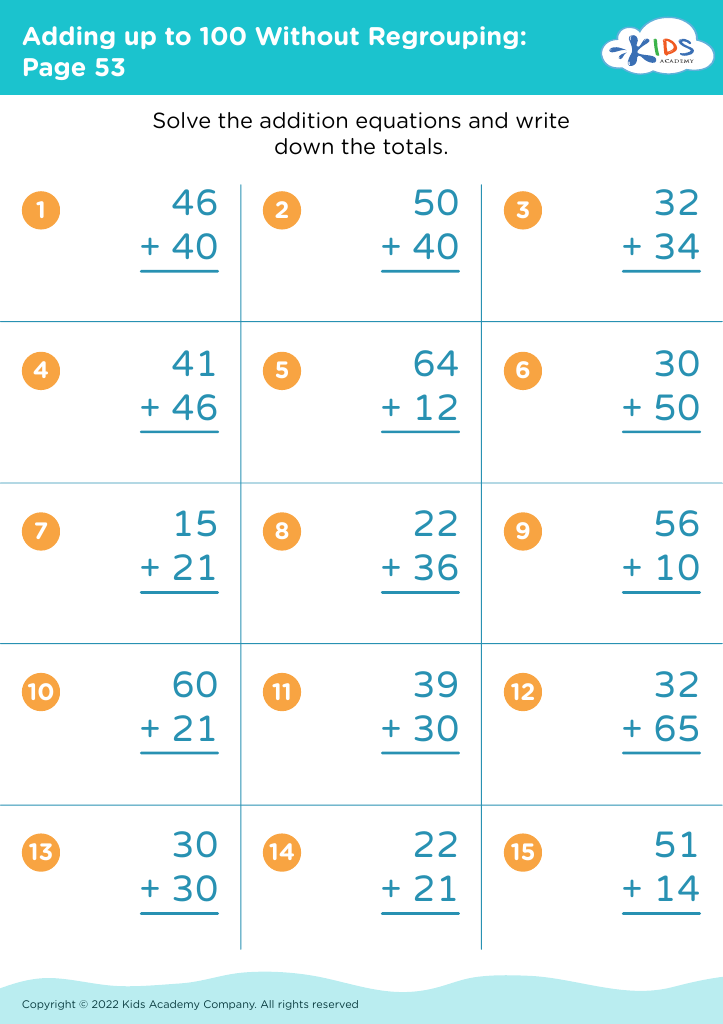
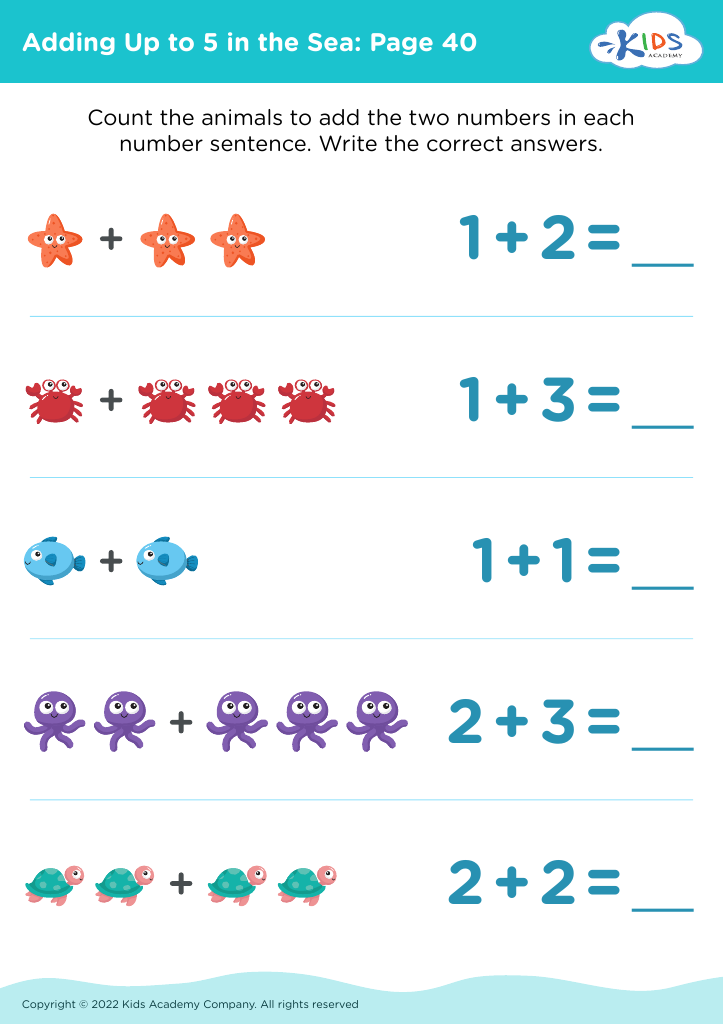
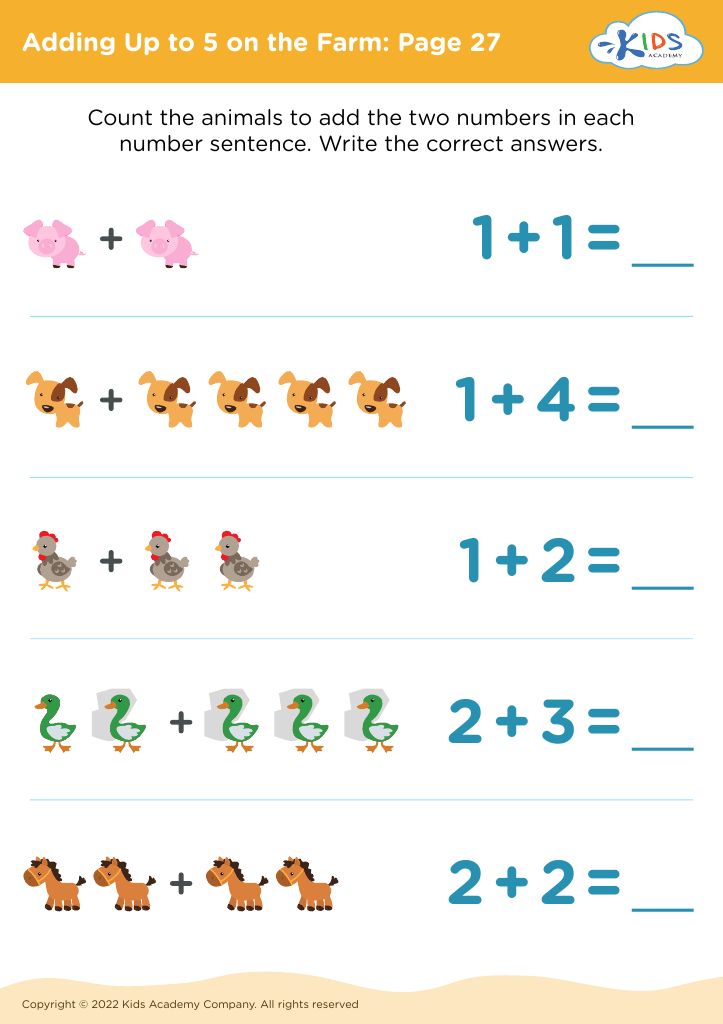
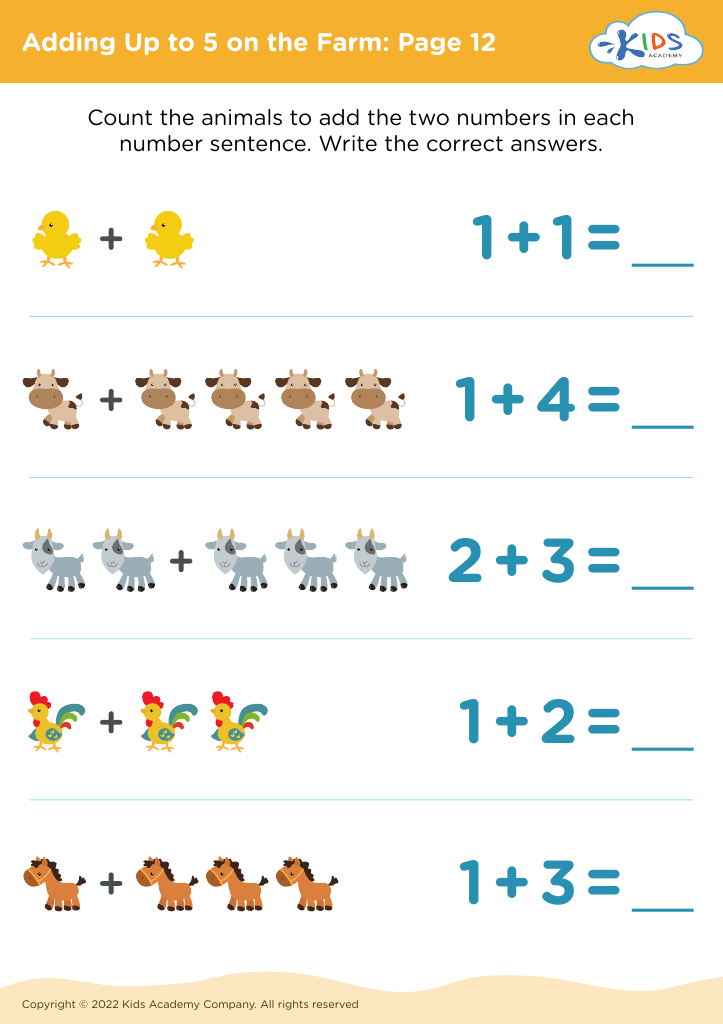
 Assign to My Students
Assign to My Students
